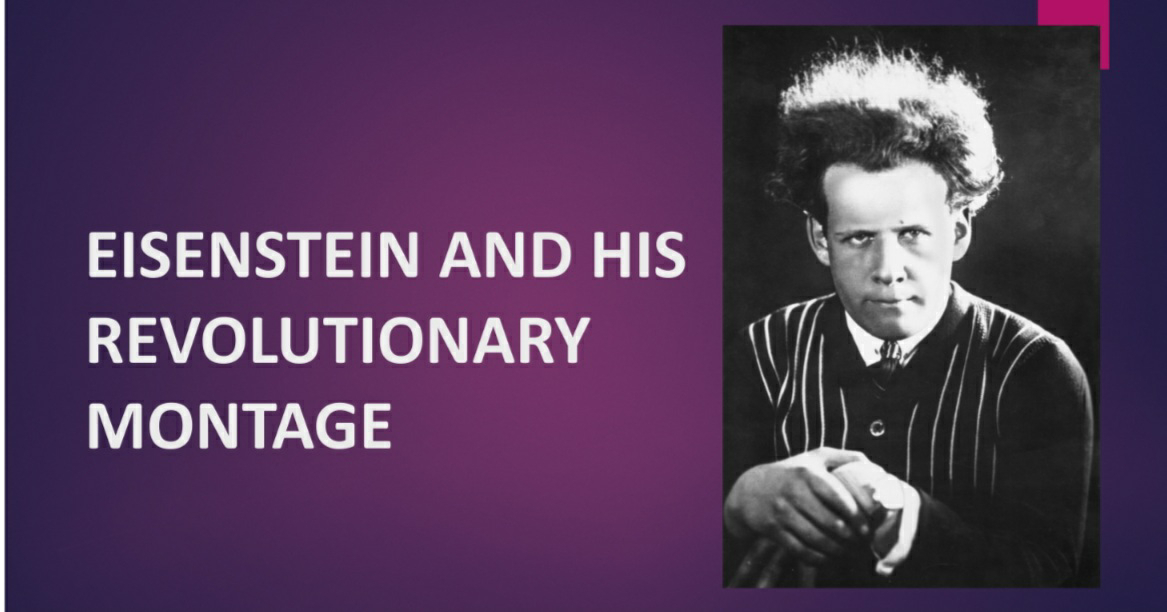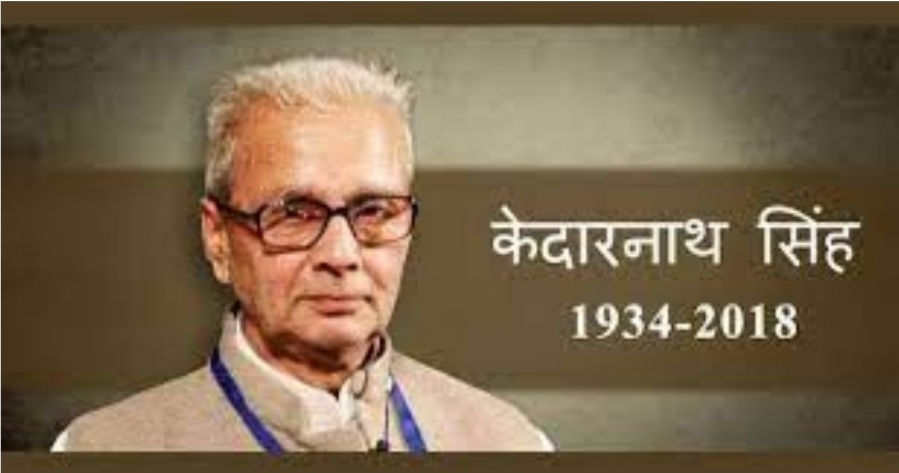EISENSTEIN AND HIS REVOLUTIONARY MONTAGE-1
Montage- one of the most whimsical terms of students of film studies was a contribution of the experimental Russian Filmmakers, especially Lev Kuleshov. Eisenstein was deemed to be the Monarch of Montage since he exploited this technique for creating meaning through collision and juxtaposition of shots. Thus meaning was procured through association. By availing itself of fast editing and unconventional camera angles, Montage marked a paradigmatic shift from the hitherto accepted linear narrative techniques of movies. The rebellious potential of Russian Revolution laid its clout on film industry as well. Lenin and Stalin had considerable recourse to the influential and propagandist attribute of film.
The government of Russia also fell back on films during political unrest owing to the industry's political and social ascendency. It was deliberated to create a stir in the populace and prompt them to be insurgent. Unfortunately, Russia lacked a concrete centralized show business. Therefore many avant-garde filmmakers began to scrutinize the whole shooting match of the composition especially-shot. This resulted in their experimentation with shots, ergo they endeavoured to reposition shots in various ways to produce magical effects.
The early silent films played the didactic role of edific preaching. The ideals of communism and the rigour of proletariat rebellion reached the masses through this medium called Show biz. The breakthrough happened in 1919 with the emergence of State Film School which made the film industry a national enterprise. Till 1924, Soviet Film Industry was flooded with prevailing feature films, at this juncture Lev Kuleshov and Sergei Eisenstein made forays into this industry and changed the countenance of Russian Cinema. The technique 'Montage' developed by them later became synonymous with Soviet Cinema. The revolutionary ethos of the aforementioned directors was disseminated through the Association of Revolutionary Cinematography (ARC).
The fame garnered by Soviet Montage hinges on its formalism. Directors like Eisenstein triumphantly portrayed the travails and troubles of the world after the revolution vividly. Soviet Montage was called the progeny of Lev Kuleshov though it was de facto the brainchild of Vladimir Gardin. By manifesting the ideas of revolution and constructivism Soviet Montage proved to be political and aesthetic simultaneously. The main motive of these avant garde directors was to make dogmatic movies for the working classes. At the onset, the Association of Revolutionary Cinematography included Kuleshov, Eisenstein, Vertov, Pudovkin inter alia. The contemporaries had fall outs in between and Vertov broke from ARC and came up with his own Kinoke Group.Yet all of these directors of the same feather can be flocked together as the proponents of Soviet Montage-the technique which enticed the audience with its cohesive revolutionary spirit.
The dearth of film stock compelled the directors to restructure old movies. Kuleshov came up with 'Kuleshov Collective' and engendered his own way of editing movies. According to Kuleshov, every shot derives its meaning with respect to the shots that precede and follow it. Therefore every shot is a'building block' or a unique entity and thus meaning is emanated by virtue of its context. He advocated the concept of juxtaposition of shots. He put this theory to praxis by collocating shots taken from various movies in an assemblage. Montage, according to him, was the "essence of cinema." Kuleshov Effect was disruptive in the sense that it made film editing more innovative and enthralling. During the 1800s and 1900s editing was comparatively tedious and the editors did their jobs only for monetary purposes. Kuleshov ventured to glean how viewers attributed certain significations to shots based on their positioning. The directors realized that the composition.ie, the order in which shots are arranged ,the duration, the cuts, movement and even juxtaposition can alter the emotions of the audience.
Kuleshov who was a cameraman during Russian Revolution, inaugurated Kuleshov Workshop to teach video editing to students. His empiricist research made him fathom the fluctuation in the audience's perception of the first image( the facial expression of a man) when the second image is juxtaposed alternatively. He segregated the audience, who were his coevals , into three groups and began his experimentation by screening the first image (of Ivan Mosjoukine) in all of the three groups and changing the second image (corpse,food and woman). Different combinations evoked differed interpretations from the audience.
Kuleshov Effect was later appropriated by Eisenstein, Hitcock and Spielberg. Kuleshov's ingenious innovation made us discern how creative an art is Movie making. Editing is not merely joining various shots randomly, but framing or structuring it in such a way as to arouse intense emotions in the audience. Kuleshov validated the primacy of scrupulous editing and also proved that positioning of shots is cardinal in the analysis of a movie. Arraying the shots in a felicitous manner can only ensue the desired emotion from the audience. Failing in this enterprise would mark the death knell of the authorial meaning and the work would be subjected to misinterpretations.
Eisenstein has the distinction of mastering this technique of Soviet Montage. Having been a staunch Marxist, this insurgent film maker brought Marx's Dialectical Materialism into the realm of movies. Marx borrowed the concept of Dialectic from Hegel who propounded that the collision or conflict between a thesis and anti-thesis culminates in synthesis. By assimilating this idea, Eisenstein brought together two opposing shots to create a synthesis which brings home to the audience an entirely different meaning. This is called Dialectical Montage. Unlike Kuleshov who employed random images Eisenstein chose his shots prudently. To know more about Eisenstein's montage and its usage in films drop by next week!
REFERENCES:
Binil Kunar.M.R et al., Introducing Film Studies. Mainspring Publiahers,2015.
Keane,Paul. "Kuleshov Effect:Everything You Need to Know." Taketones, 17 Aug.2021.taketones.com/blog/kuleshov-effect-everything-you-need-to-know
"Soviet Montage: Crash Course Film History #8." Youtube, Uploaded by-Crash Course, 2 Jun.2017youtu.be/-RtBAa4YCgo
Vassilieva,Julia. "Eisenstein,Sergei." Senses of Cinema, Great Directors, Dec.2017 www.sensesofcinema.com/2017/great-directors/sergei-eisenstein/
"What is Dialectical Montage in Film?" Team Beverly Boy,4 May.2021beverlyboy.com
"What is the Kuleshov Effect? Learn the importance of Video Editing." Master Class, Arts and Literature, 7 Sep.2021www.masterclass.com/articles/what-is-the-kuleshov-effect-learn-the-importance-of-video-editing
-Santhwana Thomas










Comments
Post a Comment